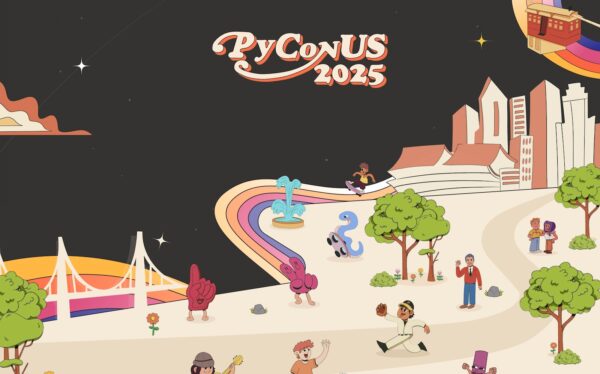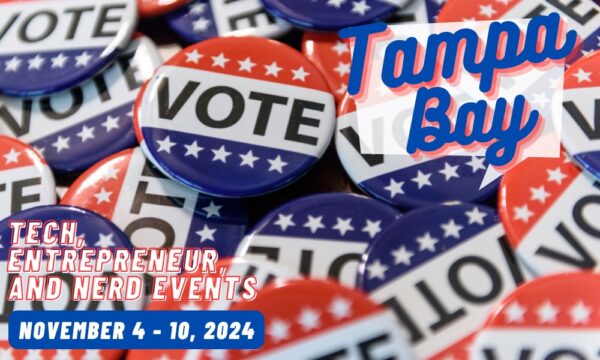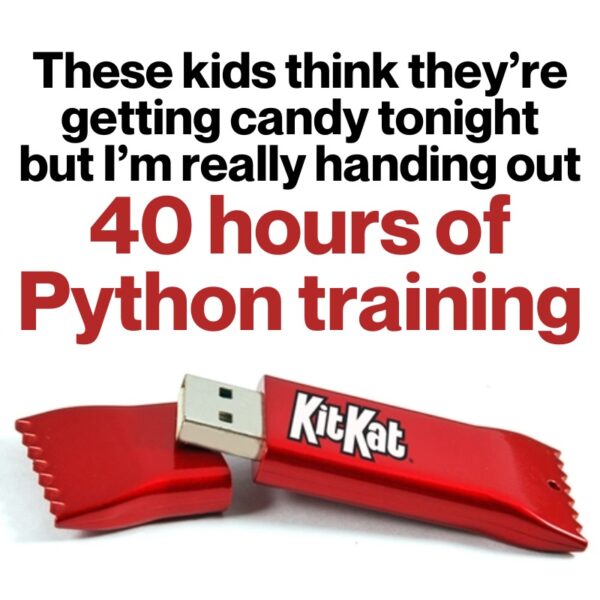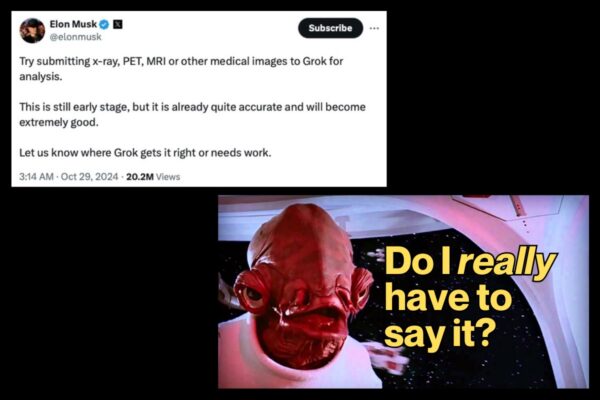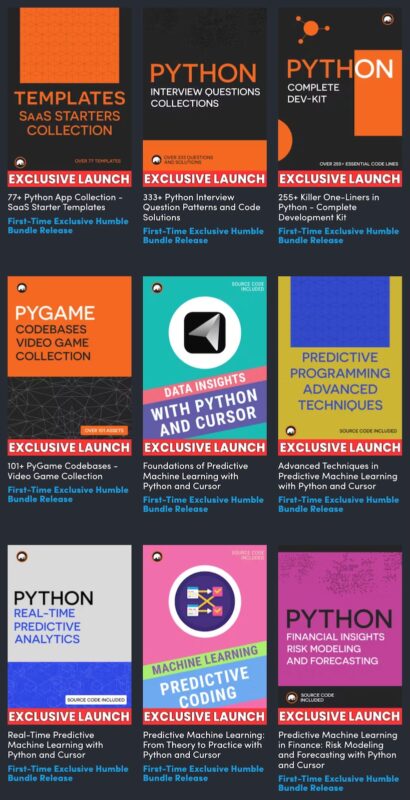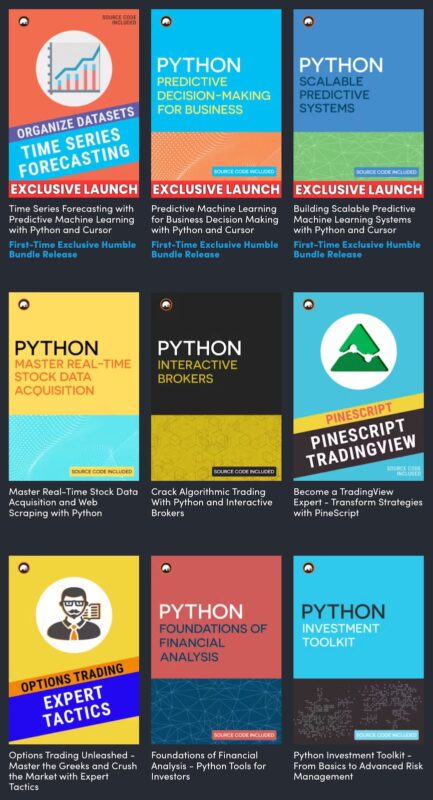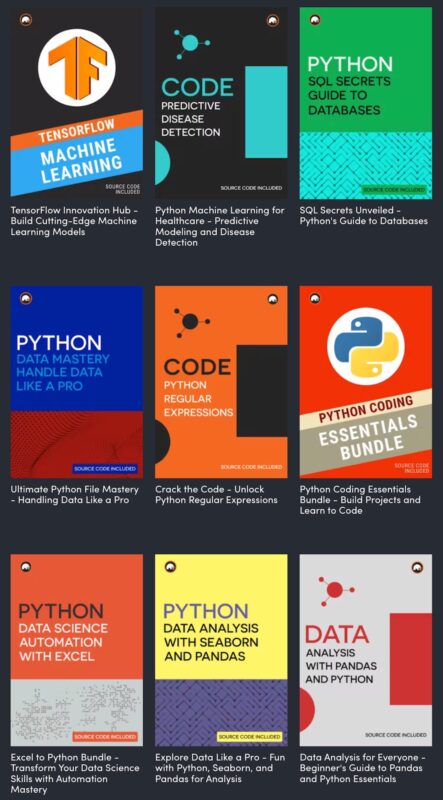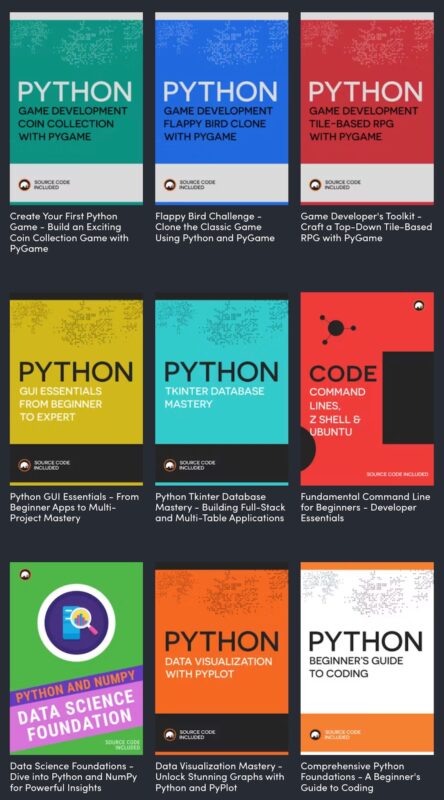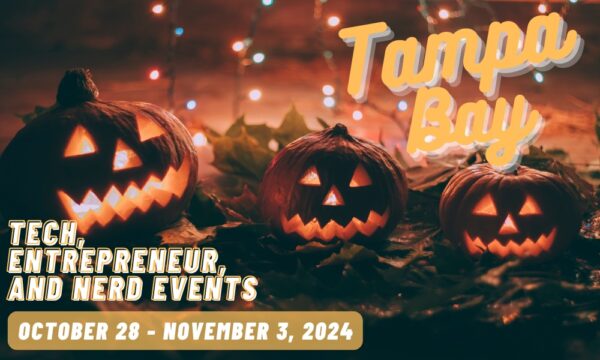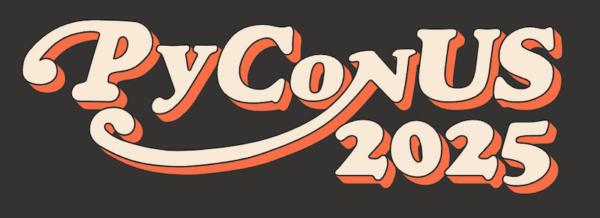 PyCon US 2025 — the big Python conference — is taking place at the David L. Lawrence Convention Center in Pittsburgh, Pennsylvania, on the following dates from Wednesday, May 14 through Thursday, May 22, 2025!
PyCon US 2025 — the big Python conference — is taking place at the David L. Lawrence Convention Center in Pittsburgh, Pennsylvania, on the following dates from Wednesday, May 14 through Thursday, May 22, 2025!
Here’s the breakdown of that schedule:
| Dates | What’s happening |
|---|---|
| Wednesday, May 14 – Thursday, May 15 | Tutorials |
| Thursday, May 15 | Sponsor Presentations |
| Friday, May 16 – Sunday, May, 18 | Main Conference Days—Keynotes, Talks, Charlas, Expo Hall, and more |
| Monday, May 19 – Thursday, May 22 | Sprints |
The PyCon US 2025 site is now live, and the call for proposals is officially open! You can submit proposals for:
- Talks
- Tutorials
- Posters
- Charlas
The deadline to submit proposals all tracks is Thursday, December 19, 2024 at 11:59 PM ET (UTC-5). They’ve set up a “Call for Proposals Countdown” so you can view how much time you have left to submit, and see what the deadline is in your local timezone. You can find out more about proposals on their Proposal Guidelines page.
You can also find out more about the conference in the announcement post on the PyCon US blog.
